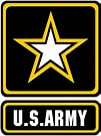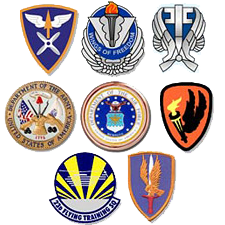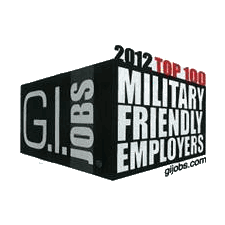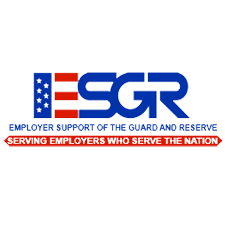STDS/QC - Shell | We Set the Standard
Our mission in the STDS/QC (Standards / Quality Control) section at Shell is to initially train flight instructors. We train active Army, Department of the Army Civilians, and our Instructors to the highest possible standard so that we can continue to support the world’s greatest Army Aviation Fighting Force.
Our goal is to produce the most highly skilled instructor possible. Then hone and maintain that cutting edge to equip the instructor to train the students
| Structure |
|
INSTRUCTIONS OVERVIEW
| Flight Support Subjects |
|
|
BASIC WARFIGHTER SKILLS | "Producing the Cutting Edge!"
Students learn individual aviation warrior tasks that deliver to the field an Aviator ready for crew integration. After completion of this FSXXI phase of training, the student will continue to their advanced aircraft qualification with the knowledge they have received to further hone their warfighting skills in the mission specific to their assigned aircraft. |
| Structure |
|
| BASIC WARFIGHTER SKILLS INSTRUCTION |
|
•Flight Support Subjects: This phase of training allows the student pilot to apply academic subjects directly to flightline training. The student is introduced to basic warfighter skills which consist of Tactical Map Preparation, Tactical Flight Mission Planning, Tactical Flight Maneuvers, Night/Night Vision Goggle Qualification, Tactical Communication, Fundamentals of Reconnaissance, and Aircrew Coordination. •Tactical Flight Mission Planning: The tactical planning and preparation necessary to properly employ Army Aviation on the battlefield. •Tactical Flight Maneuvers: Introduction to and performance of Low Level, Contour and NOE Tactical Flight Procedures. Introduction to Tactical Helicopter Techniques of Movement. •Night/Night Vision Goggle Qualification: Students perform Tactical Flight Mission Planning and execute tactical missions in the Night/Night Vision Goggle Environment while receiving their Army Night Vision Goggle Qualification. •Tactical Communication: The proper use and operation of avionics equipment in communicating tactical information to the commander while overcoming challenges on the modern battlefield. •Fundamentals of Reconnaissance: The Tactical Techniques used in the gathering of information on which the commander can base plans, decisions and issue orders. •Aircrew Coordination: The interaction between crewmembers (communication) and the crew actions necessary for flight tasks to be performed efficiently, effectively, and safely. |




